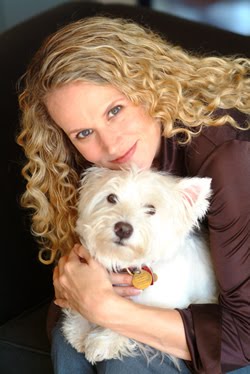A woman recently asked me for advice on her dogs because they can't be apart without real separation stress. It turns out they live together outside in the yard all the time! Of course they're attached to each other. Their humans barely acknowledge their existence.
I hear dogs barking in my neighborhood at night. Are they supposed to be guarding the house so they are outside in the backyard? If I were the burglar, I'd go in the front, then. The dogs would be better guards from invaders if they are in the house, no? And dogs want to sleep with the rest of the family at night. Not shut outside in the cold, not even in the kitchen but in the bedroom.
I hear a dog near my house crying during the afternoon when he hears me or my dogs near his backyard. He's lonely and sad because his people leave him outside all day.
There are real predators out there--and fleas and toxic things to eat. Your dog needs to spend the majority of her time in the house, not out. She needs to relax and not be on guard all the time! She is not there to serve you. If you are not going to give a dog an interesting life and let her be bonded to you and live as part of the family, don't get a dog. And don't get me started on outdoor cats. I'll just say they don't need to be outside hunting, shortening their lifespans by years. They need to curl up at home and relax and live a life of leisure.
My neighborhood app constantly has posts about lost and found dogs and cats. Many are escapees from their boring yard existences. I don't blame them. But I want them to stay safe.
Most of the time dogs don't get to choose their humans. They get who they get, and they are at our mercy, so we need to be merciful.
I needed to vent today. Thanks.



